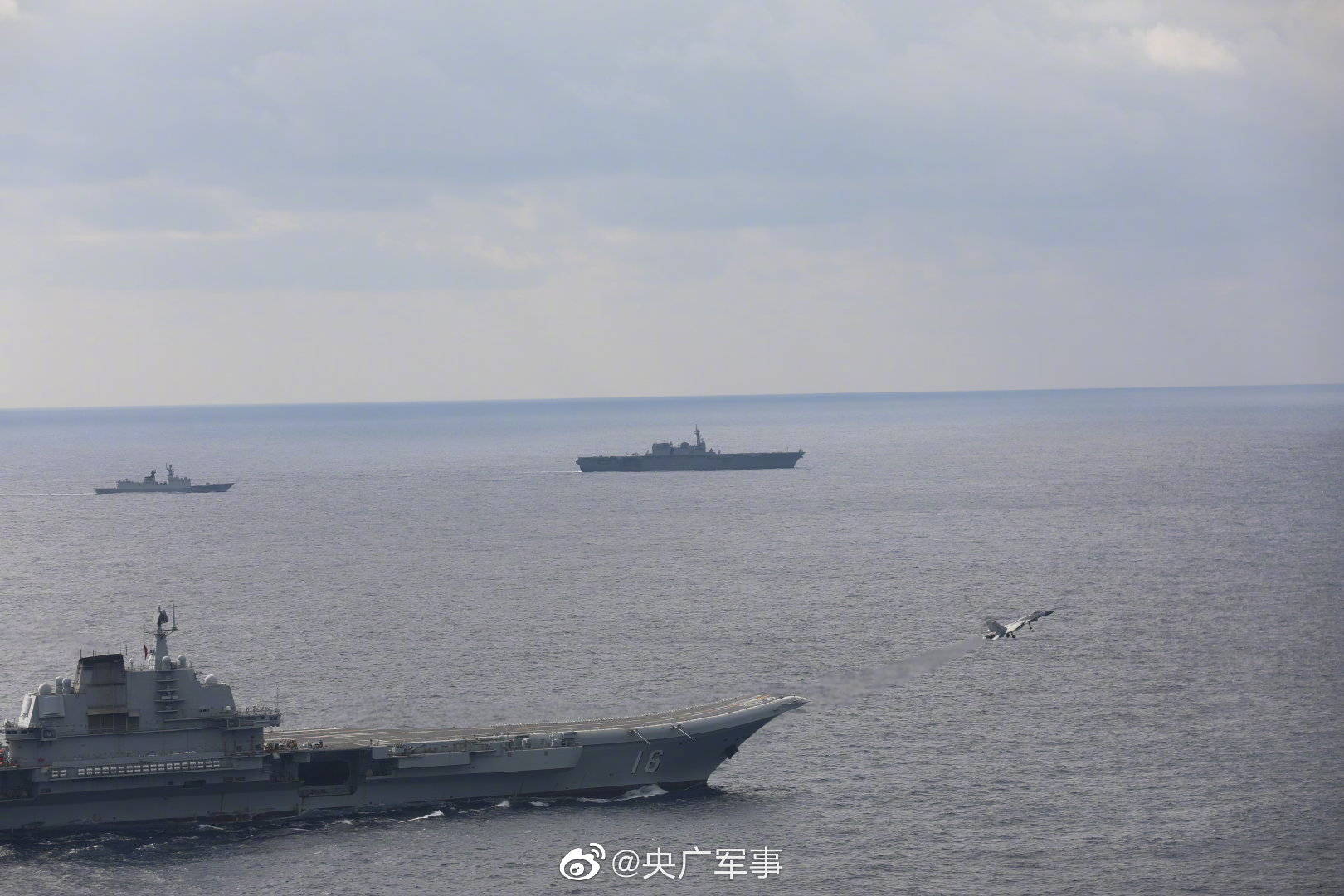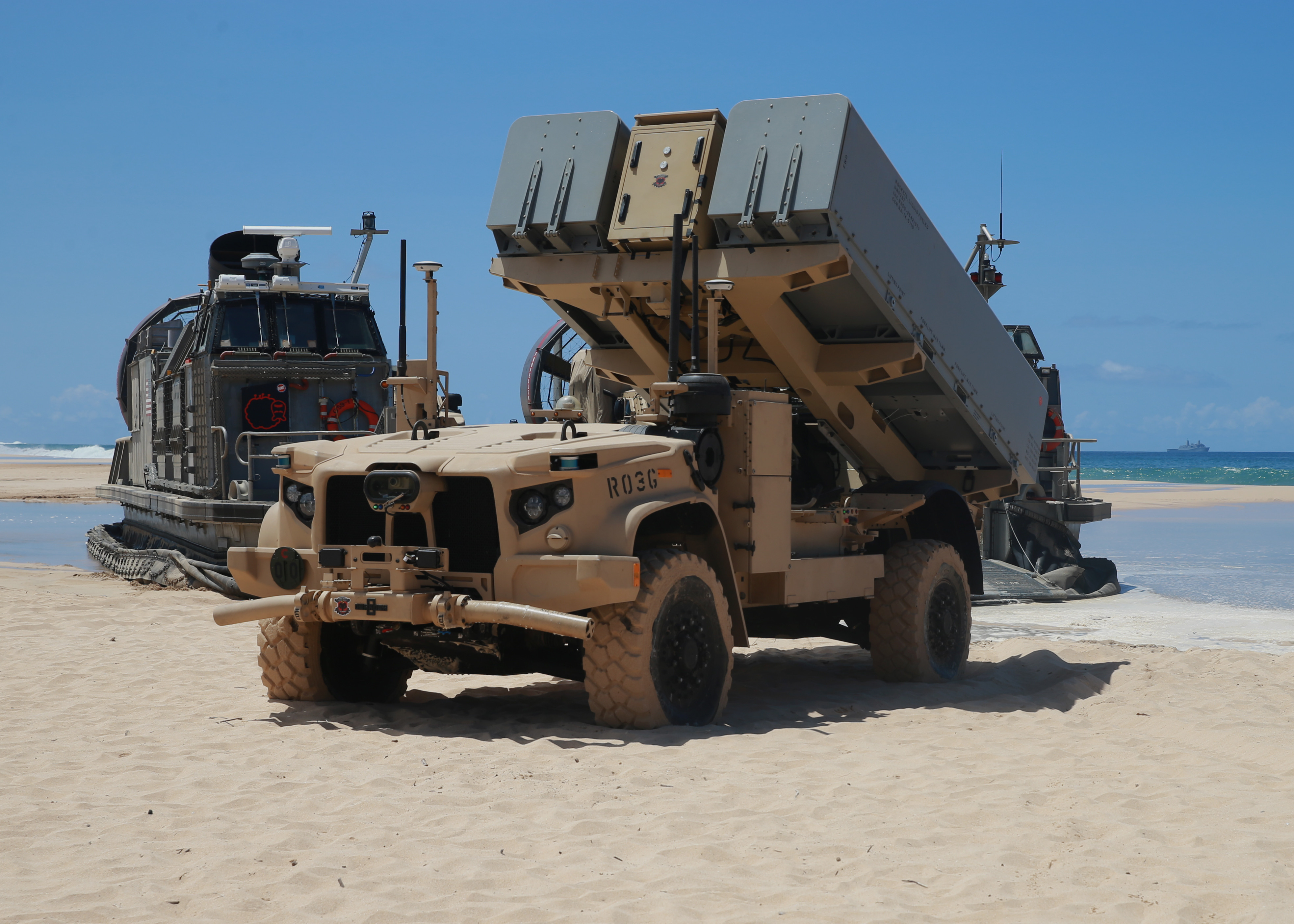The growing polarization between the United States and its allies on the one hand and the People’s Republic of China on the other has triggered a massive shift in military strategies. In what could be a call for upgrading regional firepower, US Marine Commander says long-strike capability is the way forward.
According to Lt. Gen. Steven Rudder, who commands the US Marines in the Indo-Pacific region, long-range attack capabilities are essential for the US and Japan to deter hostile military activity in the Western Pacific. He stated that while it was up to Japan to acquire long-range weapons, he would support it.
Rudder made these comments against the backdrop of China accelerating its naval buildup and attempting to project power outside its traditional operational zones in the East and South China seas. It has also made swift inroads into the Pacific, close to Australian and US territories.
In May 2022, PLA Navy’s Liaoning Carrier Battle Group transited through the Miyako Strait near Japan to conduct drills in the western pacific region, as reported by EurAsian Times.

The Indo Pacific Marine Corp Commander’s comments align with the 2022 edition of the Marine Corp Force Design 2030 that reads, “Future adversaries use ground-based, long-range, precision anti-surface and air defense system – integrated with air, maritime, cyberspace, and space strike capabilities – to deny forces access to the conflict zone.”
China has a well-established Anti Access/Area Denial System, which necessitates long-range weapons along its coastline and the use of very long-range missiles.
Japanese missiles could hit an invading force’s ships or planes after they come within striking distance of Japanese shores but not a missile base on Chinese or North Korean soil that was firing at Japan, as noted by EurAsian Times.
The US has already acknowledged in a Congress Research Report that China has the largest Navy in the world by fleet size. However, it also possesses anti-ship missiles like the DF-21 and long-range missiles that could strike American assets in the Pacific.
With tensions constantly rising between China and Taiwan, there have been concerns that an armed conflict is just around the corner. Any dispute between the two estranged states would draw Japan into its fold due to its geographical proximity to Taiwan.
The US, on its part, would intervene as Biden promised on his Asian Tour in May. According to Department of Defense data, the United States has around 56,000 active-duty service members in Japan. The US 7th fleet that conducts the Freedom of Navigation Ops in contested Seas near China is also based in Japan.
The Case For Long-Range Missiles
As part of an exercise simulating a blockade of Taiwan last month, the PLA fired five missiles that landed inside Japan’s exclusive economic zone. Beijing retaliated after House Speaker Nancy Pelosi visited the self-ruled island China claims. This has stirred the need for long-range weapons for Japan’s Self-Defense Force.
In an interview with Nikkei Asia, the Indo-Pacific Marine Commander said that using US land-based naval strike missiles, acting in concert with Japanese-made Type 12 surface-to-ship cruise missile units, allowed the US troops to conduct sea denial operations.
That being said, it is pertinent to mention that Japan’s Ground Self-defense Force and the US Army recently held joint military exercises, ‘Orient Shield,’ to practice defending Japan’s remote southwestern island of Amami Oshima. Japanese Type 12 anti-ship missiles and the US-made HIMARS took part in the drills.
Japan’s surface-to-ship missiles can currently travel more than 100 kilometers, but there are plans to increase their range to more than 1,000 kilometers, putting China and North Korea’s coasts within range. Rudder said that he would encourage Tokyo’s efforts to build long-range missiles.

These comments from the Indo-Pacific Marine Corp Commander come a day after the Japanese Defense Ministry announced that it planned to start producing longer-range missiles and research hypersonic missile systems to combat escalating regional tensions.
The Ministry declared that it intended to create two different kinds of “standoff” missiles capable of launching attacks from a long distance. Standoff missiles can be launched from a distance, allowing the attacking personnel to flee the impact area or avoid defending fire.
The Offense As Defense Against China
An enhanced Type 12 surface-to-ship missile (mentioned by Rudder) is one of the longer-range standoff missiles mentioned in the Defense Ministry’s proposal. The government claimed that versions that might be launched from ships or aircraft are also being developed.
On August 2, it was revealed that Japan’s Defense Ministry was accelerating the deployment of the upgraded version of the Type 12 surface-to-ship missile (SSM) that is currently under development.
Initially, the Type 12 SSM had a 200 kilometers range. The new, improved model seeks to increase the range to at least 900 kilometers and ultimately to 1,200 kilometers. The missile’s design has also been altered to lower its radar cross section (RCS) and increase its stealth.
Another missile planned for mass production is a hypervelocity gliding projectile (HGVP). It is more agile than other missiles, but the technology is still in its infancy. While China already has a hypersonic weapon, North Korea is believed to have developed one.
In addition to these two weapons, Washington and Tokyo are negotiating the deployment of an anti-ship missile unit in Japan by about 2027.
The US is creating Marine Littoral Regiments (MLR) with anti-ship missile squadrons. The Marines initially established a regiment in Hawaii and intended to develop other such units throughout the Indo-Pacific. A naval strike missile would potentially form a core component of the MLR.

During its Large Scale Exercise 2021 in the Hawaiian islands, held from August 3 to 16, the USMC debuted a road-mobile weapon system. The Navy Marine Expeditionary Ship Interdiction System (NMESIS) is an Oshkosh Joint Light Tactical Vehicle modified to carry tandem launchers for Naval Strike Missiles made by Raytheon and is capable of destroying any warship.
Rudder further emphasized the importance of Japan stepping up its intelligence gathering alongside the US. The capacity of Tokyo and Washington to locate Chinese warships and fighter fighters will impact any potential conflict with Beijing.
- Contact the author at sakshi.tiwari9555@gmail.com
- Follow EurAsian Times on Google News




